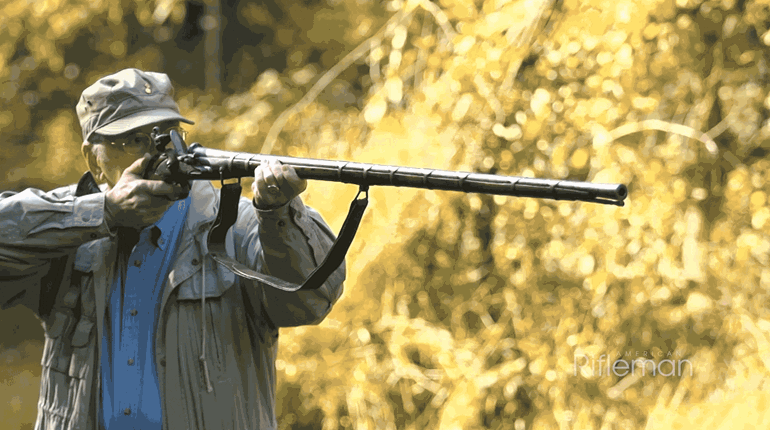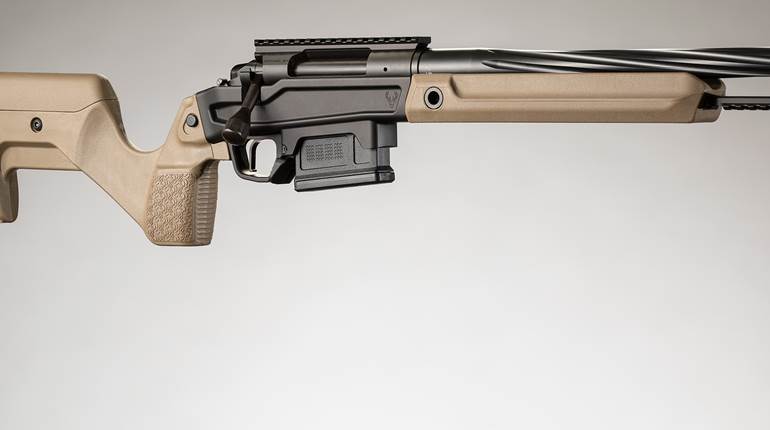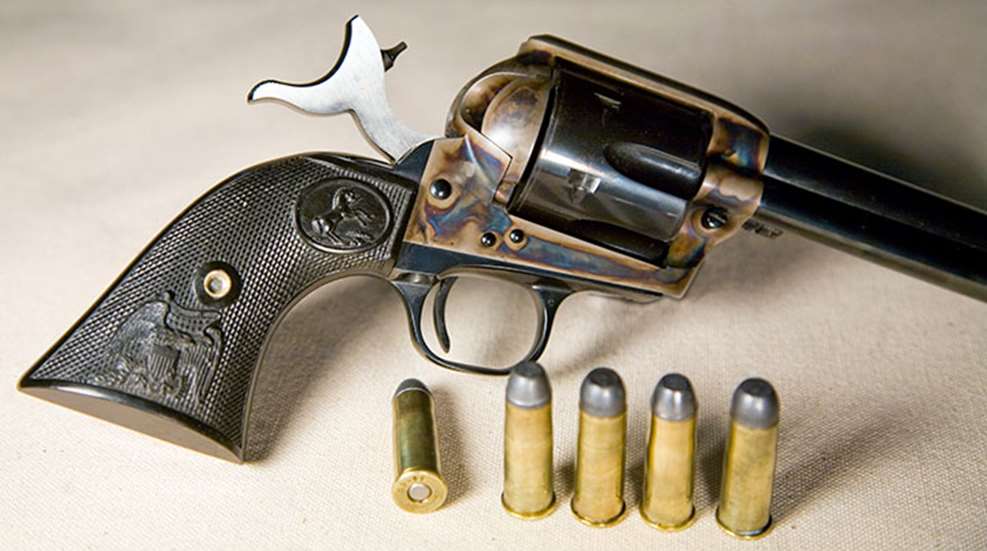
When Winchester debuted the Model 1873 rifle, its purpose was to provide a durable platform capable of handling more powerful cartridges than the .44 Henry Flat. That cartridge, introduced in 1860 with the Henry rifle, featured a 216-gr., internally lubricated lead bullet loaded over 25 grains of black powder at some 1,125 f.p.s. from a 24" barrel. Its biggest claim to fame was its 15-shot tubular magazine. The Henry rifle had a brass frame and locked up via a toggle link. A toggle link is sometimes referred to as an over-center link, because its lockup occurs just over center, much like your knee when it locks.
Winchester realized, after making its Model 1866 rifle that was similar to the Henry, that a centerfire cartridge could provide an increase in velocity, but it would require also a rifle made of iron rather than brass. So Winchester kept the improvements of the Model 1866 rifle, made the receiver from iron (later steel), added a sliding dust cover to the top of the receiver and chambered it in a new centerfire cartridge: the .44 Win.
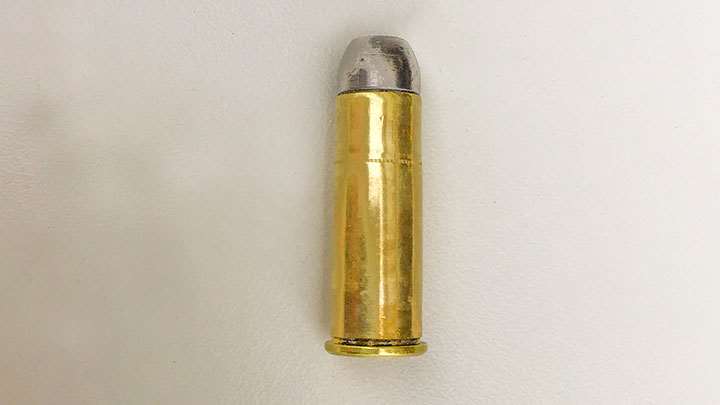
The .44 Winchester, a.k.a. .44 Winchester Central Fire—later .44 Winchester Center Fire (WCF)—featured a 200-gr., flat-point lead bullet loaded over 40 grains of black powder at 1,245 f.p.s. from a 24" barrel, although Winchester originally claimed 1,300 f.p.s. Almost immediately, the cartridge and rifle were a hit. The Henry and Model 1866 rifles were popular on the frontier.
Firepower is quite desirable in a fight against multiple adversaries. Having a stronger rifle with a more powerful cartridge and maintaining the firepower advantage was a big improvement in rifle design. The centerfire cases could also be reloaded, and Winchester sold a reloading kit, which was another big advantage on the frontier where stores that sold guns and ammunition were few and far between.
Colt brought out its equally iconic Single Action Army in the same year, chambered in .45 Colt cartridge. Five years later, the company necked down its .45-cal. case to .44-cal., made some tweaks to the rim and case length and chambered the revolver to .44 WCF as well, calling it the Colt Frontier Six-Shooter. Now frontiersmen had the benefit of having a rifle and pistol chambered for the same cartridge. Smith & Wesson got in on the .44-cal. popularity, chambering its Model 3 revolver for the round in 1877.
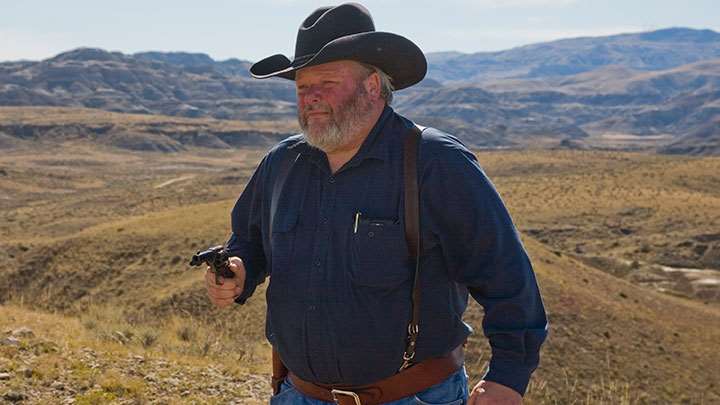
Interestingly, original Winchester .44-cal. ammunition had no headstamp. It would not be until 1886 that a headstamp was applied: “W.R.A. CO. .44 W.C.F.” The Union Metallic Cartridge company (UMC) soon began loading the .44 Win., but because of its desire to not promote a competitor, labeled it the .44 C.F., later changing it to .44-40. Still later, Winchester poached the .44-40 designation and added W.C.F. to the stamp on its rifles.
Rifle development continued, and as the Browning-designed Winchester Model 92, Marlin had its Models 1888 and ’89 rifles chambered in the cartridge. The main difference between the two rifles being the Model 1889’s side ejection. As double-action revolvers came online, Colt with its Model 1878 and later New Service revolvers and Smith & Wesson, along with Remington and Merwin, Hulbert & Co., produced examples in .44-40 WCF.
When smokeless powder took over from black powder, such loads in .44-40 WCF were offered. The Winchester load, introduced in 1893, had the same 200-gr. bullet in front of 17 grains of DuPont No.2 smokeless powder, which was considered a “bulk powder” that could be loaded bulk to bulk (i.e. the same volume) as black powder at an advertised velocity of 1,300 f.p.s. and identified by the “W” stamped on the primer cup. UMC loaded its 217-gr. bullet with the same charge of the same powder for an advertised 1,245 f.p.s.
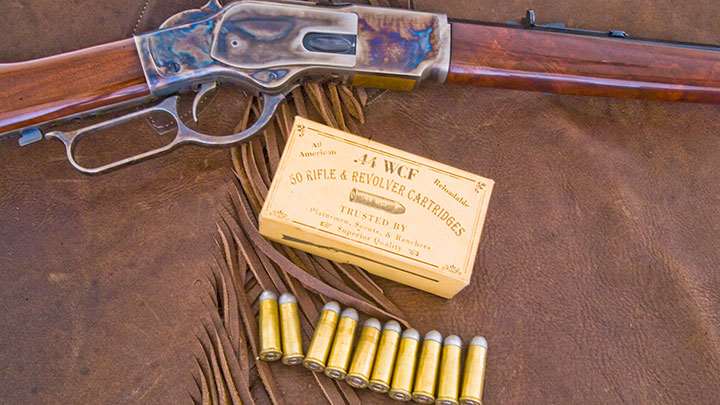
By the mid-1890s, jacketed or “metal-patched” bullets were being offered to stem the leading of barrels due to the higher velocities smokeless powders produced. In 1903, Winchester debuted a “Winchester High Velocity” load for its cartridge, headstamped “.44 W.C.F. W.H.V. ’M92,” for the Model 1892 rifle. Ballistics were touted as a 200-gr. metal-patched bullet at 1,500 f.p.s., and seven years, later the velocity was bumped up to 1,570 f.p.s.
Winchester packaging stated this load was not suited for Model 1873 rifles or revolvers, but we all know how some gunners are. Several of these loads found their way into weaker guns with varying and often unpleasant results. UMC loaded a high velocity cartridge as well, headstamped “U.M.C. .44-40 H.V.” These high-velocity loadings were curtailed after World War II, as many cartridges began getting standardized, usually at lower velocities to keep shooters’ fingers and eyes attached.
My experience with the .44-40 WCF has been that it’s a fair rifle round out to 100 yds., perhaps a bit further in a hot load from a rifle. When I first got my Uberti copy of an 1873 Winchester, I played with a few smokeless loads just to see what it would do at distance. The buckhorn sights aren’t very good for 60-plus-year-old eyes, especially past about 75 yds. Still, on a man-sized target, a good shot should be able to keep his shots somewhere on the torso out to as much as 150 yds.
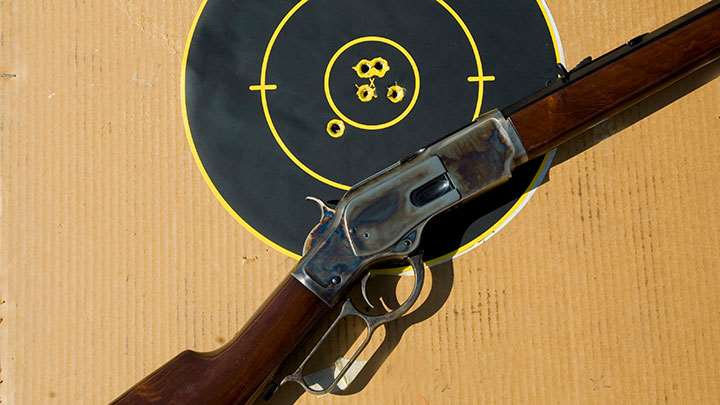
The only experience I have hunting with the cartridge is some rabbits and ground squirrels, and they were all taken with some black-powder handloads. Because modern cases have a solid head, as opposed to the old balloon-head cases, its capacity is reduced. I can only fit about 38 grains of Goex FFFg in my Starline cases. That load clocks in at 1,100 f.p.s. from the Uberti Model 73 and 776 f.p.s. from my 4.75" barreled Colt Single Action Army revolvers.
With the 212-gr. (as cast from my molds) flat-point lead bullet, these generate 570 and 279 ft.-lbs. of energy respectively. I would not be comfortable using this on deer-sized critters, however, it is said that the .44-40 WCF has killed as many or more deer than the .30-30 WCF cartridge has. Either way, that is a lot of deer.
Today you can still get a Model 1873 from Winchester chambered in .44-40 WCF, although it is made by Miroku and is a fine rifle. Ammo, if you can find it now, is relegated to cowboy action loads featuring a 225-gr. lead, flat-point bullet at roughly 750 f.p.s. from Winchester Ammunition. Numerous copies of both revolvers and rifles exist, with most being made outside the U.S.
There is little doubt that the .44-40 WCF is the cartridge that won the West. More Model 1873 rifles were chambered for it than all the other cartridges combined. Yes, there are more modern cartridges and loads that equal or surpass this 148-year-old cartridge, but there’s absolutely nothing wrong with it, even today.



























